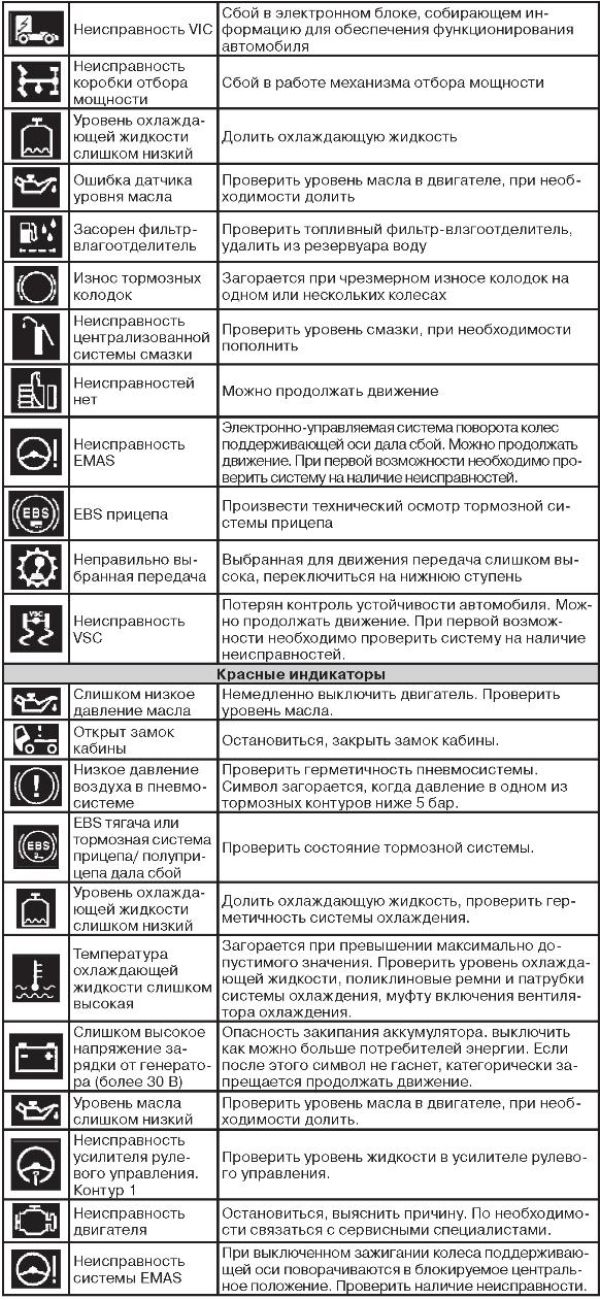Kodi Oshibok Man Tga Na Russkom

I don’t know what I would’ve done if I had not encountered such a point like this. Your actual understanding and kindness in taking care of all the stuff was precious. Obrazec pasporta kachestva na metallokonstrukcii.
This help; j: Next menu item; k: Previous menu item; g p: Previous man page; g n: Next man page. The resulting PNG from the code above will have a red circle on a fully transparent. A good use of this is when a user uploads a TGA file. Doesn't even work because php dies with a fatal error noting that GD 2 is required.
If you want to create a *transparent* PNG image, where the background is fully transparent, and all draw operations happen on-top of this, then do the following: What you do is create a true colour image, make sure that the alpha save-state is on, then fill the image with a colour that has had its alpha level set to fully transparent (127). The resulting PNG from the code above will have a red circle on a fully transparent background (drag the image into Photoshop to see for yourself).
I just fiddled around with Phpix, which had some problems using the GD lib (washed out colours). I changed the lines, which did the trick. Just in case some of you are still having problems and you can't change the PHP-install on the hosting side: $im = ImageCreateFromJPEG($source); $new_im = ImageCreate($new_width,$new_height); ImageCopyResized($new_im,$im,0,0,0,0, $new_width,$new_height,ImageSX($im),ImageSY($im)); TO $im = ImageCreateFromJPEG($source); $new_im = ImageCreateTrueColor($new_width,$new_height); ImageCopyResized($new_im,$im,0,0,0,0,$new_width, $new_height,ImageSX($im),ImageSY($im)). I put this together - combining two of the examples and then generated the text dynamically.
But, with this set up, i was able to get the transparent background working as well. Here is answer for first question 'why do I need true color images'. True color images you need when you want to work with images such as photos (snapshots), video frames and so on. When you need to combine some these images for user, or to send him only small part of your image, and you try to use 256 colors, image will be ugly (try it if you want).
Some colors will change dramatically. 'Antialias' lines which you may see are probably the result of using JPEG compression. JPEG is not looseless compression so 'small image details may be changed' in order to reduce image size dramatically. On really true-color images such as your snapshots of landscape and so on and using small compression level you will hardly see differences. But on exact objects, such as lines, circles, which you draw on solid background using single color, you can see that if you save and load this image that some details are changed.

Kai wrote: //using imagecolorallocate to specify the image's background //color does not work with truecolor-image. // //instead you have to use imagefill to force flood-filling the //image with the backgorund-color previously allocated: // //$bgColor = imagecolorallocate($img, 255,255,255); //imagefill($img, 0,0, $bgColor); even this doesn't work for my configuration - fedora core2, php 4.3.8 + gd bundled (2.0.23 compatible) and I have to do this: $img = imagecreatetruecolor($x, $y); $bgColor = imagecolorallocate($img, 255,255,255); imagefilledrectangle($img, 0, 0, $x-1, $y-1, $bgColor). I came up with this today.
You need GD2.0 or greater to use imagecreatetruecolor so you can parse phpinfo to get the needed information. This will have to go at the very top of the page with no whitespace above it The if statement is for PHP 4.1 or greater, but you can use other methods of comparing the version numbers if the server you are on do not have that version of php. This is another approach to get an initially transparent truecolor canvas and in comparison to the one below it does not declare black to be transparent (which might be okay on indexed-color images and unless you want to draw in black). $im = imagecreatetruecolor( $w, $h ); imagealphablending( $im, false ); $col = imagecolorallocate( $im, 0, 0, 0, 127 ); imagefilledrectangle( $im, 0, 0, $w, $h, $col ); imagealphablending( $im, true ); Without disabling blending mode this would paint transparent rectangle over current background thus not changing anything.
Nevertheless blending mode is required e.g. To get proper results from using imagettftext. That's why it is enabled after filling, again. Don't miss to disable blending mode and enable savealpha prior to generating a PNG.
Imagealphablending( $im, false ); imagesavealpha( $im, true ); imagepng( $im ).